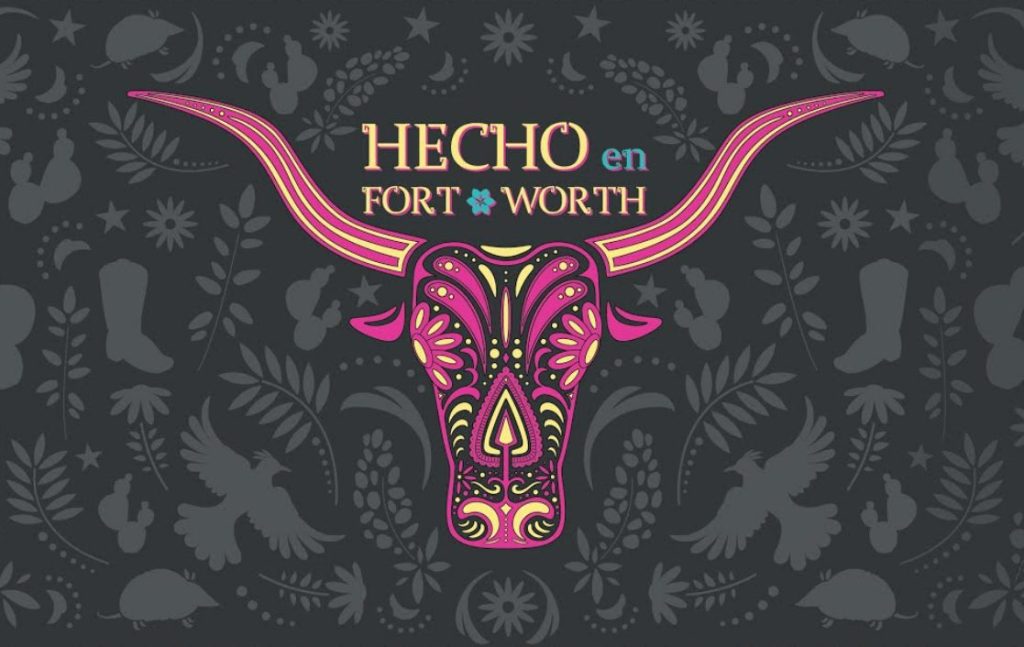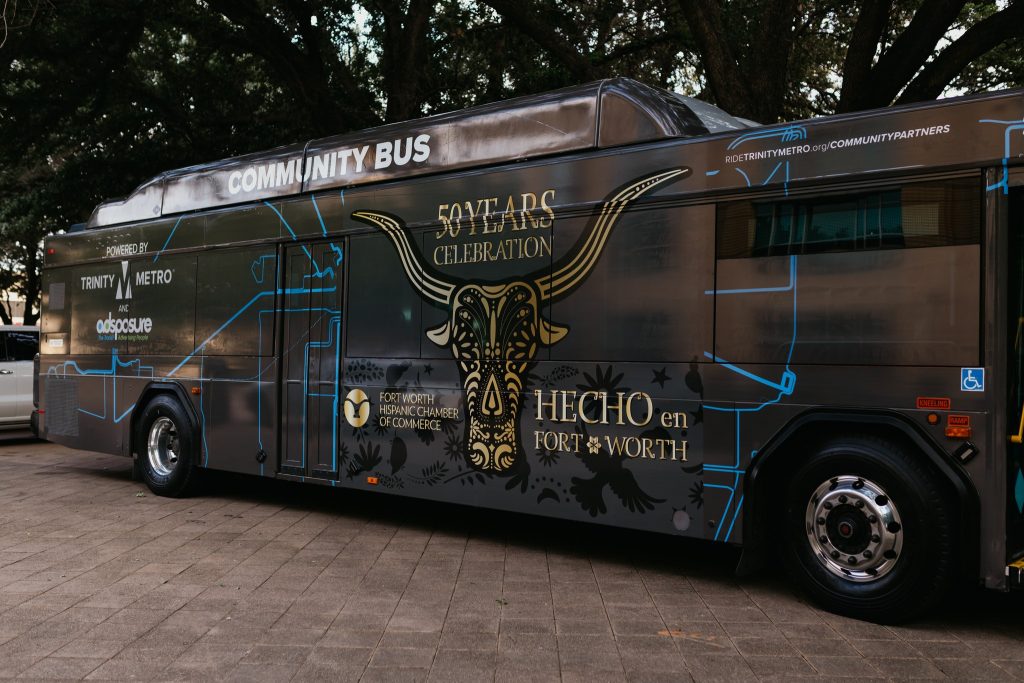Appreciating the Vibrant Tapestry of Fort Worth
Long before the United States War Department named the little fort in our neck of North Texas in honor of General William Jenkins Worth, the confluence of the West and Clear Forks of the Trinity River was governed by Mexico and inhabited by Hispanics living on the edge of the Comancheria. Many Hispanic families living in Fort Worth today trace their roots here back seven generations or more. The story of Hispanics in Fort Worth is the story of Fort Worth.

The 2020 pandemic was particularly battering to Hispanic families, many of whom didn’t have the luxury of sheltering in place due to their overrepresentation in essential fields that kept food manufacturing and distribution going, along with other vital services.
Anette Landeros, president of the Fort Worth Hispanic Chamber of Commerce, and her team were struck by the resilience of Fort Worth’s Hispanic business owners during those difficult and often deadly times. To celebrate the contributions of those business owners to our city’s economy and culture, her team launched a new public awareness campaign.
“Hecho en Fort Worth emerged as a dynamic campaign initiated at the conclusion of the pandemic in 2021,” Landeros said. “The preceding year had been a rollercoaster ride for both our business community and our organization, marked by virtual events, innovative adaptations, and the resilient navigation of uncertainty. We took immense pride in the unity displayed by our business community during challenging times.”

The program’s name, which translates to “Made in Fort Worth,” is a reminder that many of the goods and services enjoyed by locals come from the labor of Hispanic families. Landeros said Hecho in Fort Worth has become something of a rallying cry that demonstrates pride in Fort Worth’s history and diverse business community. Last year’s annual fundraiser was rebranded Hecho in Fort Worth to further bolster public awareness of the initiative. Marketing efforts include Hecho in Fort Worth signs on dozens of rentable bikes from Fort Worth Bike Sharing and Trinity Metro, custom scarves featuring the vibrant red, flower-adorned steer head Hecho in Fort Worth logo, Saddleback Leather coasters, and the distribution of custom placards proudly displayed by Hispanic-owned businesses.
Landeros credits Hispanic Chamber member Lydia Guajardo and her marketing team for creating the designs that Landeros said brought the “grand vision to life.”
“The branding, initially created for the gala, gained widespread attention and resonance,” Landeros continued. “The infusion of Spanish flair not only piqued interest but also significantly enhanced the visual appeal.”
Last year’s Hispanic Heritage Month featured Hecho in Fort Worth banners throughout downtown’s Main Street while the custom silk scarves have become popular accessories at the Fort Worth Stock Show and Rodeo. Hispanics now account for 35% of Fort Worth’s population and are the second-largest ethnic group behind Caucasians. U.S. Census data shows that the Hispanic population in Tarrant County grew from 482,977 to 620,907 between 2010 and 2020. Researchers from Arizona State University released a report last year that found Hispanics are the fastest-growing contributors to the U.S. economy, contributing $3.2 trillion of the nation’s gross domestic product.

Photo credit: Ximena Arista-Zapata
Hispanic-owned businesses manage everything from small stores to massive real estate and architecture companies. Arts organizations like local stalwart Artes de la Rosa rub shoulders with smaller mom-and-pop shops like J. Munoz Trucking and small coffee shops such as Casa Azul Coffee. Some local businesses, like the Near Southside’s destination for board game lovers, Game Theory, do not bear Latin names or make Mexican-themed products even though their owner or co-owner has familial roots in Spain or Latin America.
Landeros said her group has plans to expand the program through downtown banners, new merchandise, and murals. The idea, she said, is to embed the campaign even further into the Fort Worth community because the Hecho in Fort Worth campaign is meant to celebrate every business in the city, including non-Hispanic companies.
“Imagine residing in a city where cultural differences are not only acknowledged but celebrated, shared, and embraced as valuable assets,” Landeros said. “That’s the vision we aspire to realize. We aim to share our rich culture, instill a sense of pride, and extend a warm welcome to the entire city, inviting everyone to partake in and appreciate the vibrant tapestry that defines Fort Worth. Let’s create a community where diversity is not just recognized but cherished. After all, we are all collectively contributing to what is Hecho en Fort Worth.”


 Sign in
Sign in

